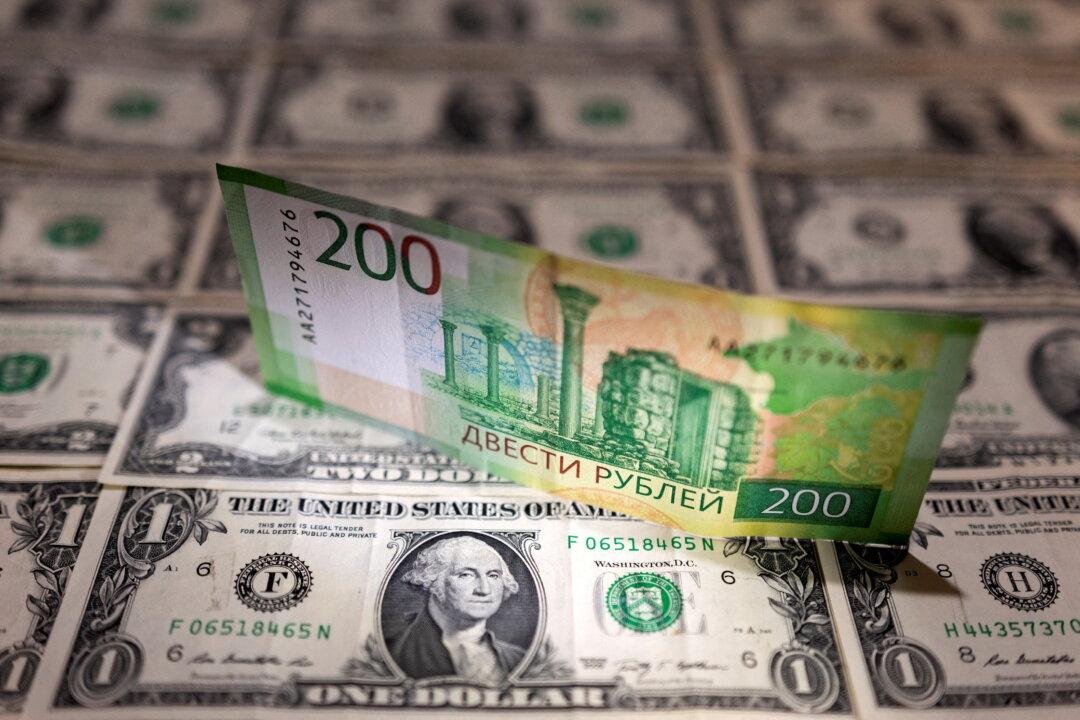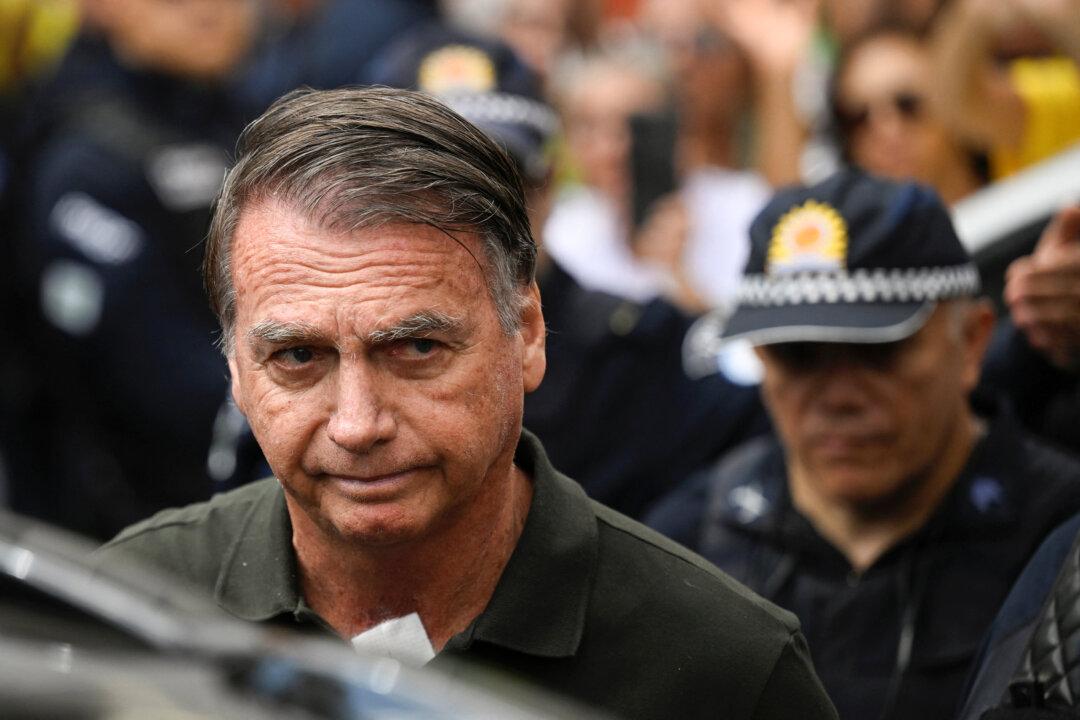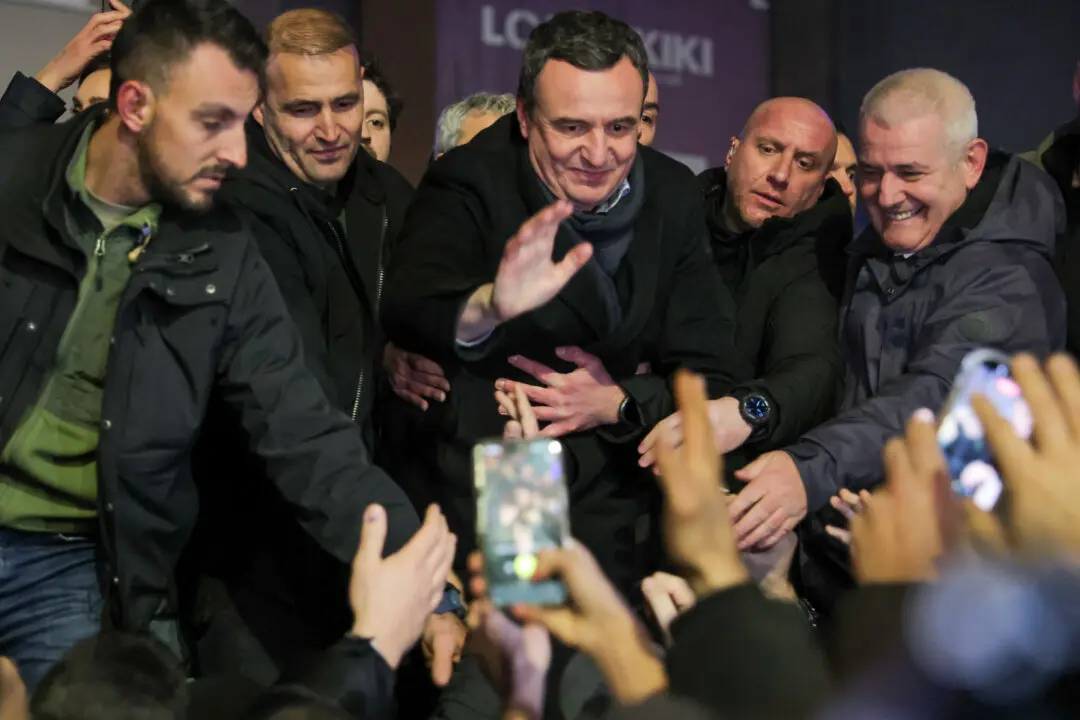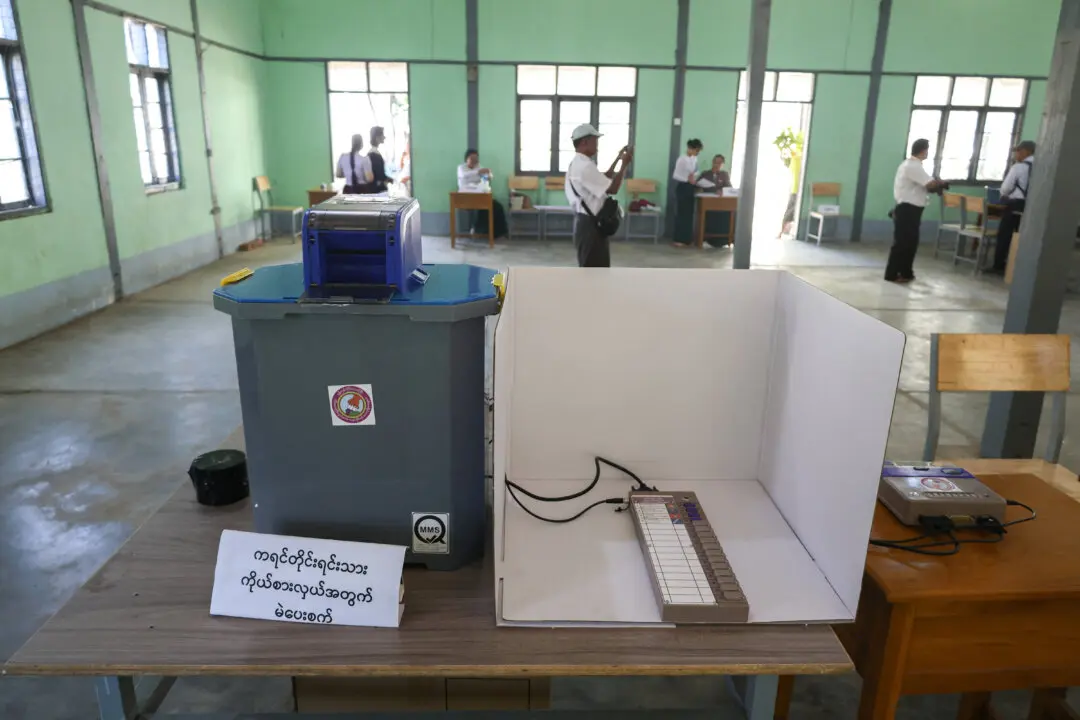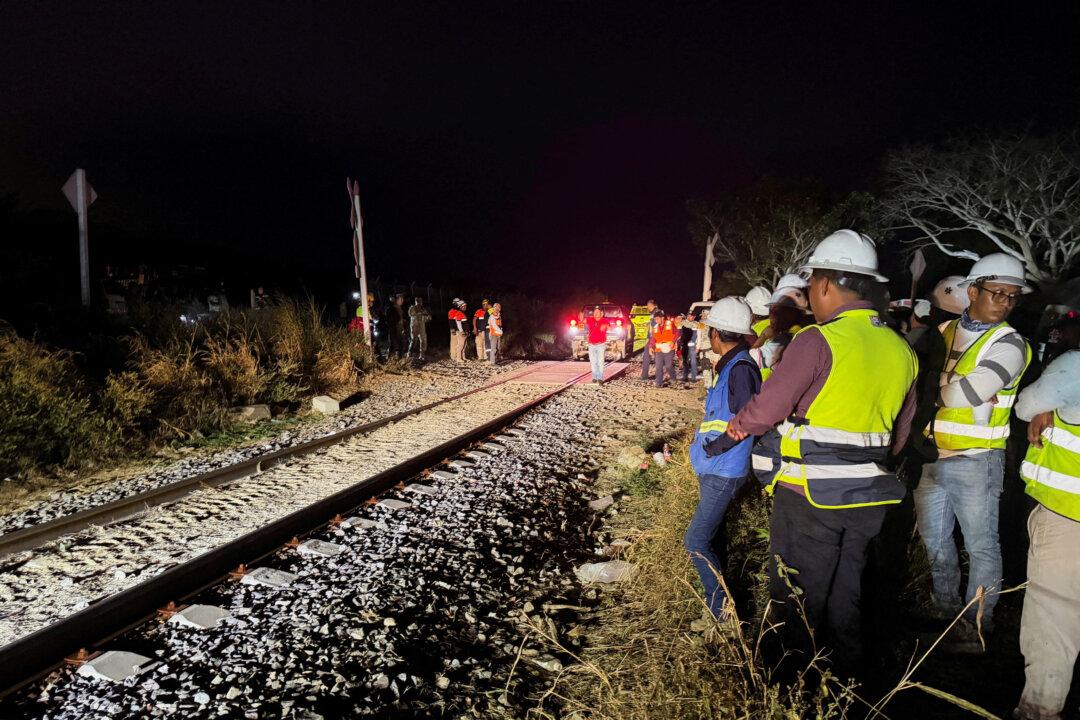The Russian rouble swung slightly in light trading in Moscow on Friday, stabilizing near the psychologically important threshold of 100 to the dollar after the central bank opted to hold rates at 20 percent and said it would start purchasing OFZ government bonds.
The central bank kept its key interest rate unchanged on Friday, as predicted in a Reuters poll of analysts, following an emergency rate hike in late February designed to support financial stability, but warned of higher inflation and an economic contraction this year, without giving new forecasts.
